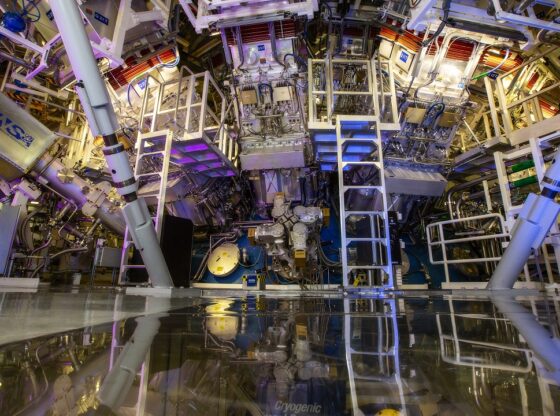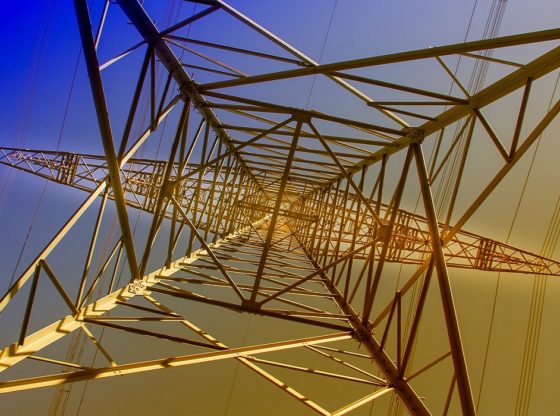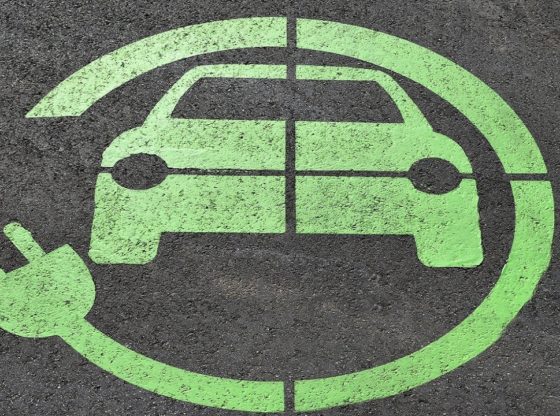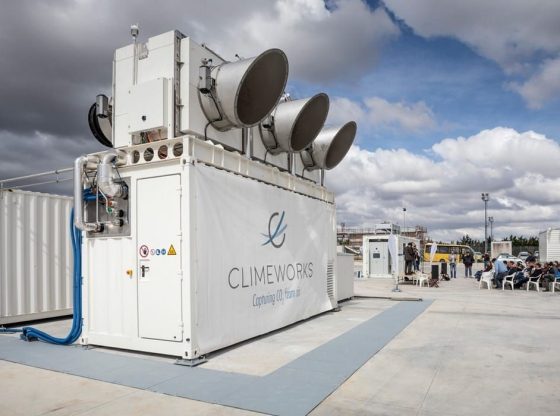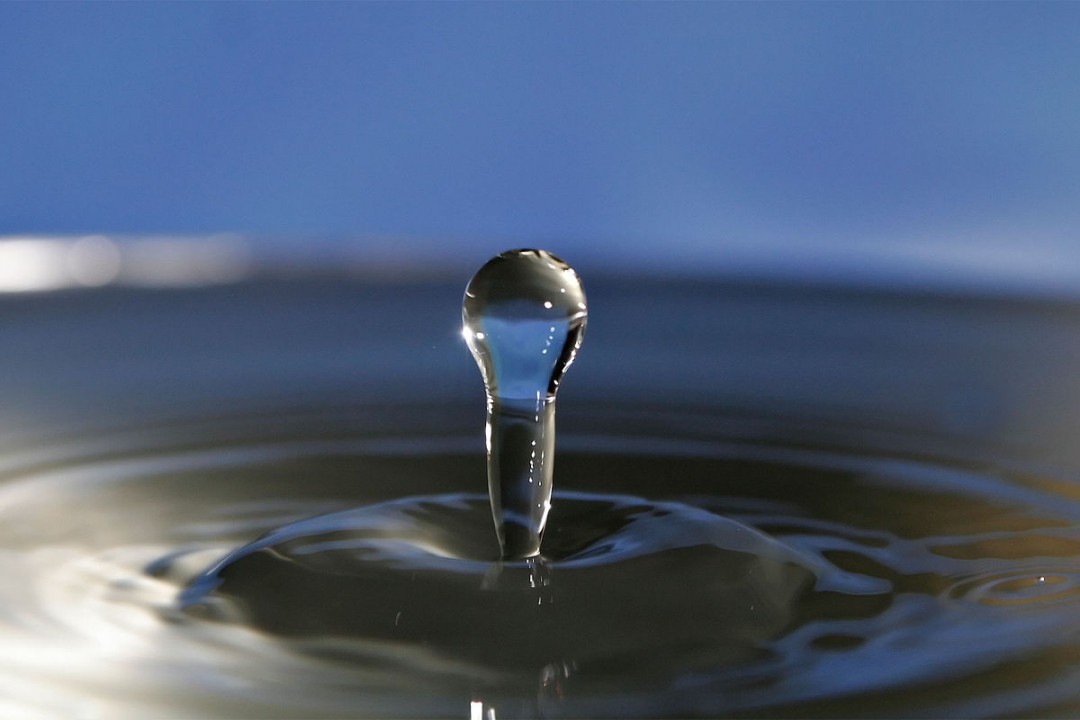
Reducing our dependence on fossil fuels by developing new clean sources of fuel is certainly a hot area of research for many years now. As one of those alternative clean sources of fuel is hydrogen used in fuel cells, now a potentially revolutionary source of this hydrogen is being developed.
Water, as you know, is made up of one oxygen atom and two hydrogen atoms. And would be a natural source of hydrogen if only the process of separating the oxygen and hydrogen could be made in an inexpressive and efficient way.
Already established techniques to produce hydrogen from water heavily rely on the precious and expensive metal, platinum. This fact makes for an effective barrier of scale in production and a disadvantage in competitive cost to benefit ratio. However, researchers at several universities are looking at natural sources of separations as a potential solution.
In particular, a new method combines natural enzymes and synthetic catalysts to produce hydrogen. This method could potentially replace platinum and make for a both efficient and inexpensive way of providing hydrogen to be used in fuel cells.
It is indeed a revolutionary approach, but also simple. Since hydrogen is a natural part of the metabolism of many green algae and bacteria. These organisms use an enzyme called hydrogenases which, thanks to its extremely high capacity have long been the target enzyme for researchers working with renewable energy to analyze.
However, hydrogenases are hard to produce and have only been used in experiments small in scale at laboratories. Bacteria can be forced to produce the enzyme in large scales, but they then tend to produce an inactive form that can no longer be used to produce hydrogen.

Now, researchers in two separate projects at Oxford University and Stockholm University has been able to use these enzymes from bacteria but then enable them for use by combining them with synthetic catalysts.
This artificial activation of the enzymes makes for fuel cells that instead of using platinum – which is expensive and inefficient – enables dramatically more efficient cells. Since enzymes are much more effective than platinum, these fuel cells may imply a huge leap forward in our renewable energy efficiency.
The Stockholm University study (Biomimetic assembly and activation of [FeFe]-hydrogenases) was published in Nature the last tear, and was a collaboration between researchers based in France, Germany and Sweden.
______________
Nature: Biomimetic assembly and activation of [FeFe]-hydrogenases
Oxford University: Efficient fuel cells powered by enzymes
____________________________

